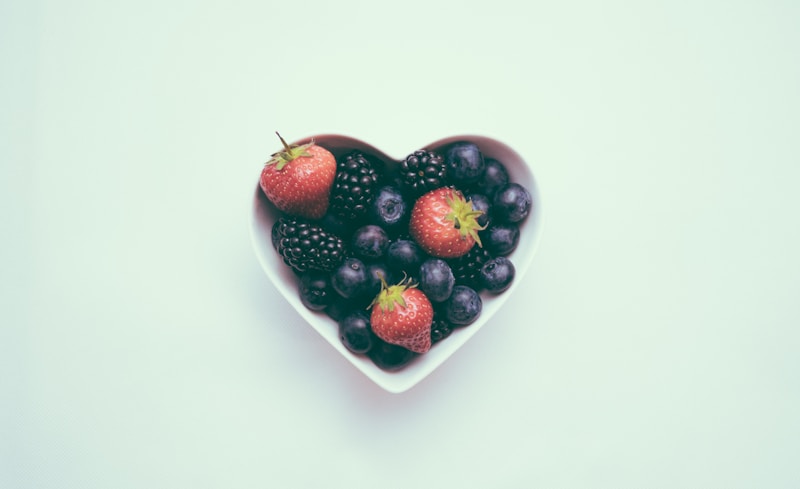Eating the right thing at the right time can make a huge difference in how you perform just about any activity. Yoga is no exception. What you eat and when you eat it has an impact, not only on your mood and level of energy, but also how stretchy, balanced, strong and willing you feel for your practice.
What to Eat Before Practice
Your meal should be balanced and include all your essential nutrients so that your body is at 100% — check your plate for whole-grain carbohydrates, some healthy fats and lean protein. Eating too much will make you feel too full or lethargic to focus on your yoga practice. Eating too little might make you feel too weak to do anything at all. The perfect snacks leave you feeling healthy, light, and ready for yoga practice.
What you eat directly before practice has a big affect on your flexibility and elasticity, especially your tendons and ligaments, but all essential tissues of your musculoskeletal system. Key nutrients that you should be consuming to maintain their health are lean proteins, vitamins, specifically vitamin C and minerals like calcium.
Why proteins? Because your tendons and ligaments are made out of proteins. Proteins also help form collagen which is in charge of making your tissues strong and elastic. Some healthy foods that are great protein sources include pulses such as beans or lentils, soy, nuts, eggs, dairy products such as yogurt and lean meats with moderation, such as fish or turkey.
See Also: What It Actually Means to Eat Healthy in Four Simple Sayings
One Essential Vitamin
Vitamin C is in charge of producing new collagen. If you have an injury or break a bone it is recommend to consume as much vitamin C as you can to accelerate your recovery. People who eat fewer fruits and vegetables are often vitamin C deficient which could lead to weaker tendons and ligaments and could result in injury. Turnip greens, broccoli, kiwi, guava and bell peppers are rich in vitamin C.
The Magic 3 Minerals
The three basic minerals we’d recommend you keep an eye on before practice are:
- Magnesium: Magnesium helps with muscle relaxation the formation of new proteins. Spinach, nuts, pulses and avocado all have magnesium.
- Zinc also helps build new protein and tissues and is often found in chickpeas, cashews and beans.
- Calcium helps prevent tendon and ligament malfunction, and is found in dark leafy greens.
Some foods might make you feel heavy or could make your elasticity difficult, and meat in particular could get in the way. Meat contains uric acid that if consumed frequently could accumulate around your tendons affecting your flexibility.
See Also: The Science of Stretching
When Is It Okay To Eat?
If you expect to be practising twists, head or hand balances and kriyas, then we’d recommend you avoid any big meals within four hours of your practice, to give your stomach the chance to digest and store your food. Of course, depending on what you eat, the type of postures you will performing and how you feel, you could be a little more flexible and have a light snack a couple of hours before.
Another thing to take into consideration is that our bodies digest carbohydrates faster than proteins and fats. Carbohydrates provide energy for exercise most efficiently, and are split into two types:
- Simple carbs are sugars that are smaller in size and therefore easier to digest, providing a quick rush of energy. Examples of simple sugars are those found in milk products, whole grain pasta or bread, pastries and sweets. Fruits and veggies also have simple carbs, with the added advantage of all the vitamins and minerals.
- Complex carbohydrates are starches made by longer chains of sugars, which makes digestion a little bit slower than simple sugars. Examples of complex carbs can be bread, pasta, potatoes, cakes and pastries.
Depending on how soon you’ll be doing yoga and the intensity of the practice, it can be good to include a simple or complex carb to fuel you through.
Getting the Timing Right
You can enjoy a proper meal about 4-5 hours before your practice, but it’s important that you allow your body to receive new fuel about every 3-5 hours. So about 2-3 hours before your practice you can enjoy of a light an healthy snack.
A few easy examples…
Choose foods that are easy to digest and that combine complex carbohydrates with light proteins.
- Oatmeal with raisins or your choice of fruit and nuts
- Yogurt with fruit and nuts
- A piece of toast with hummus
- Dried fruit and almonds
- A salad or green smoothie (note: not juice – this will ruin your energy level)
You want to give enough time for your body to digest the nutrients and still be light and ready for action. In the end it all comes down to listening to your body, detecting when you are hungry and provide it with the right tools for the activity to come without overloading it.
What are your favourite before yoga or pre-workout snacks? Is there anything you know you shouldn’t eat if you know you’ll be practising soon? Do let us know in the comments, and check back next week to see what we recommend to eat after class to make the most of your practice.













